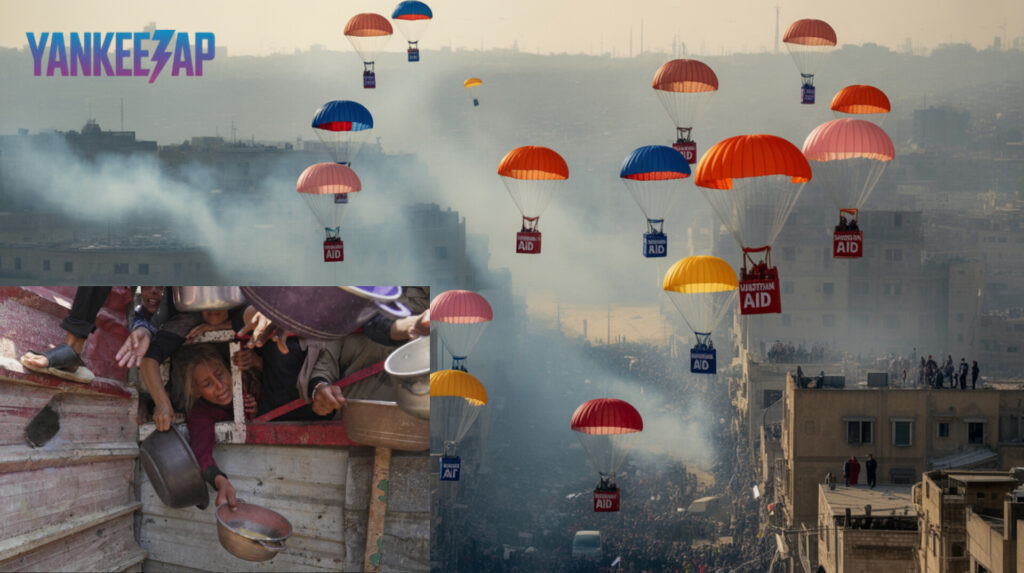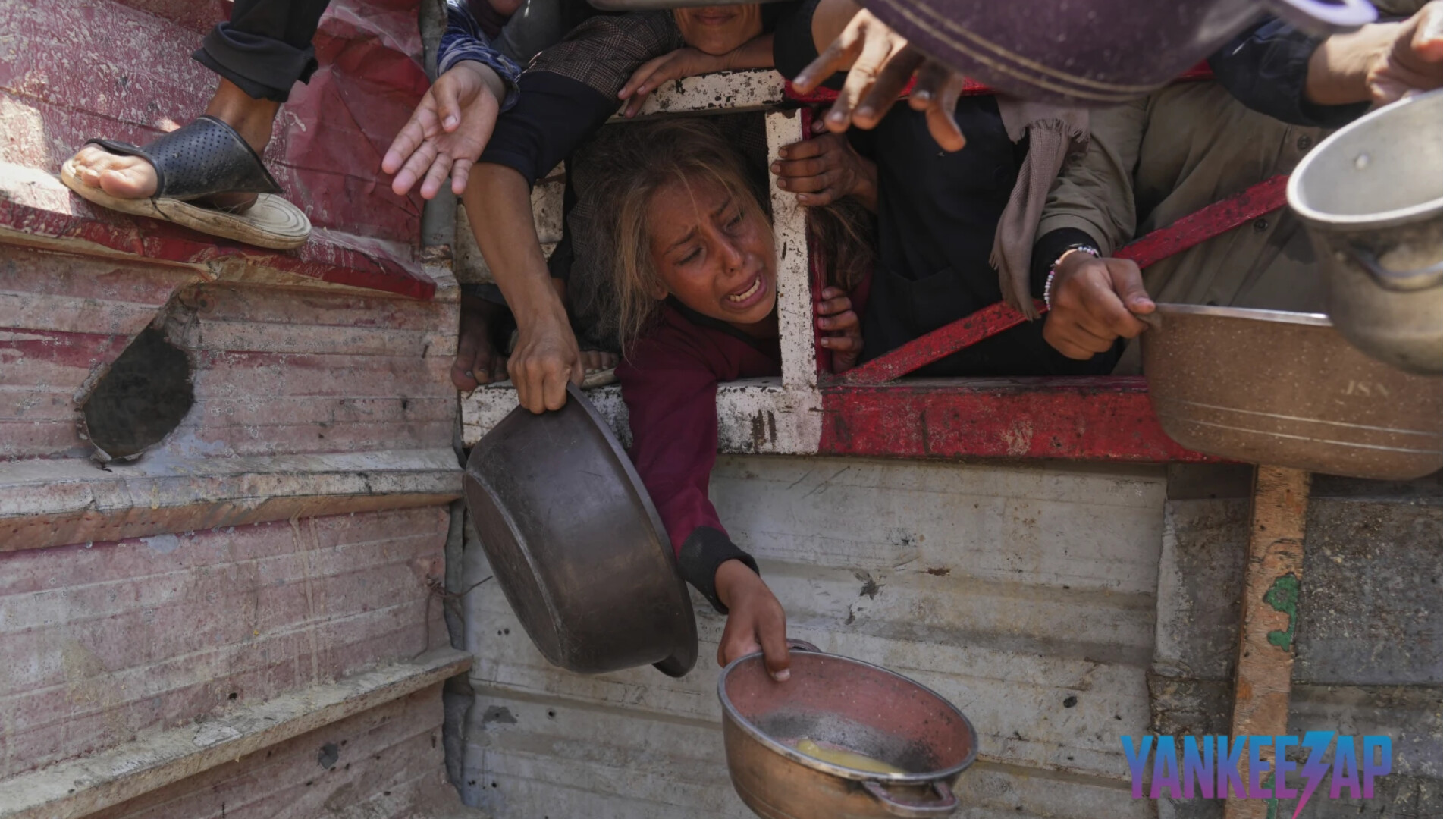Gaza Strip — Israel has officially begun humanitarian aid airdrops into Gaza in an effort to address the deepening hunger crisis affecting civilians. This move follows weeks of calls from international communities for urgent action amid escalating food shortages and medical supply issues.
📦 What the Airdrops Include

According to the Israeli military, the aid packages include:
Essential food items
Medical kits
Drinking water
Hygiene products
These items are being dropped into the most affected regions where access to supplies has been cut off due to the ongoing conflict.
📍 Why This Move Now?
The United Nations and various humanitarian agencies have raised alarms about a potential famine-like situation in Gaza. Over 2 million people are at risk due to limited access to basic necessities. Aid through land routes remains blocked or restricted, making air delivery a critical option.
🌍 Global Reactions
While some nations and humanitarian groups have welcomed Israel’s initiative, others believe it’s a temporary fix that doesn’t solve the root issue — the conflict. Calls for a permanent ceasefire and secure land-based aid access continue.
📊 Gaza Crisis in Numbers
2+ million people affected
85% of northern Gaza in food insecurity
90% of clinics lack basic medical supplies
📢 Official Statement
“We recognize the humanitarian need and are taking all necessary steps to deliver life-saving supplies,” said an Israeli Defense Forces spokesperson. The military is reportedly coordinating with NGOs for safe and targeted drops.
❓ FAQs – Israel’s Humanitarian Airdrop in Gaza
Q: Why is Israel conducting aid airdrops into Gaza?
A: Due to restricted land access, airdrops allow faster delivery of urgent food and medical aid to civilians.
Q: What’s included in the aid packages?
A: Food, water, hygiene kits, medicines, and baby supplies.
Q: Is this a permanent solution?
A: No. Airdrops are temporary. Sustainable help needs open aid corridors and a ceasefire.
Q: How are drop zones selected?
A: With help from NGOs, drop zones are marked in civilian-safe areas.Q: What’s the world saying?
A: Mixed reactions — some support it, others demand long-term solutions and peace efforts.


